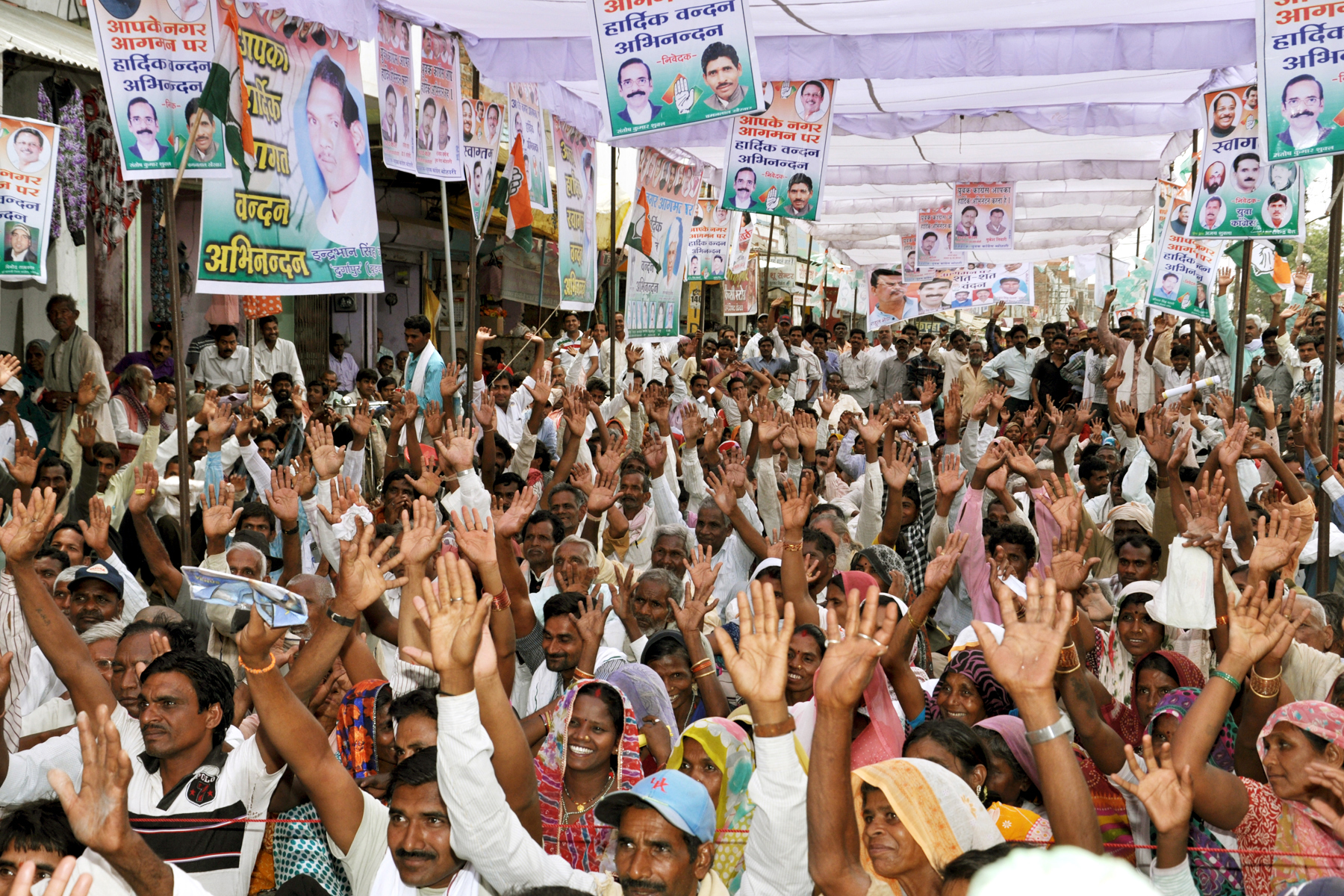Political parties have undergone significant transformations in the 21st century. The evolution reflects changes in technology, shifts in voter behavior, and the impact of global events. This article explores the key developments in political parties over the past two decades, examining how these changes shape modern political landscapes and influence electoral outcomes.
Technological Advancements and Digital Transformation
1. Digital Campaigning
Embracing Social Media:
Political parties have increasingly harnessed the power of social media platforms to reach and engage voters. Platforms like Facebook, Twitter, and Instagram enable parties to disseminate messages quickly, interact with supporters, and mobilize grassroots efforts. Social media allows for targeted advertising, real-time feedback, and extensive data collection.
Utilizing Data Analytics:
Data analytics has revolutionized how political parties understand voter behavior. By analyzing large datasets, parties can identify trends, predict voter preferences, and tailor their strategies to specific demographics. Data-driven campaigns enable more precise targeting and more effective communication.

2. Online Fundraising
Leveraging Crowdfunding Platforms:
Crowdfunding has become a crucial tool for political fundraising. Parties and candidates use platforms like Kickstarter and GoFundMe to raise money from small donors, enabling grassroots support to contribute significantly to campaign finances. Online fundraising expands the reach of campaign finance beyond traditional high-dollar donors.
Implementing Digital Payment Systems:
Digital payment systems simplify the process of making donations and managing campaign finances. Secure and convenient online payment options make it easier for supporters to contribute and for campaigns to track and manage contributions.
Shifts in Voter Behavior and Preferences
1. Rise of Populism
Appealing to Disaffected Voters:
The rise of populist movements reflects a growing dissatisfaction with traditional political establishments. Populist parties often emphasize issues like economic inequality, immigration, and national sovereignty, appealing to voters who feel marginalized or disillusioned by mainstream parties.
Challenging Established Norms:
Populist parties challenge established political norms and advocate for radical changes. Their influence has led to significant shifts in policy debates and has disrupted traditional party systems in several countries.
2. Increased Voter Fragmentation
Diverse Political Preferences:
Voter preferences have become more fragmented, with increasing support for niche and single-issue parties. This fragmentation reflects growing diversity in political opinions and interests, leading to more complex electoral landscapes.
Influence of Identity Politics:
Identity politics plays a significant role in shaping voter behavior. Political parties increasingly address issues related to race, gender, sexuality, and other aspects of identity, aiming to resonate with specific demographic groups.
Organizational Changes and Party Structures
1. Decentralization of Party Structures
Empowering Local Branches:
Many political parties have decentralized their structures to empower local branches and regional offices. This approach allows parties to better respond to local issues, engage with grassroots supporters, and adapt to regional political dynamics.
Enhancing Grassroots Engagement:
Decentralization fosters greater grassroots involvement, enabling local activists to play a more significant role in shaping party policies and strategies. This shift strengthens the connection between parties and their supporters.
2. Adapting to New Leadership Models
Emergence of Non-Traditional Leaders:
The rise of non-traditional leaders, including celebrities and business figures, reflects a shift away from established political careers. These leaders often bring new perspectives and approaches to party leadership, influencing party direction and strategy.
Focus on Charismatic Leadership:
Charismatic leadership has become more prominent, with parties often selecting leaders who can inspire and mobilize voters through personal appeal and strong public presence.
Impact of Global Events on Political Parties
1. Influence of Globalization
Addressing Global Issues:
Globalization has heightened the importance of international issues in national politics. Political parties must address topics such as climate change, trade, and international security, reflecting the interconnected nature of modern challenges.
Navigating International Relations:
Parties navigate complex international relations and align their policies with global trends. This alignment influences party platforms and affects their approach to foreign policy.
2. Response to Economic Crises
Adapting Economic Policies:
Economic crises, such as the 2008 financial crash and the COVID-19 pandemic, have prompted political parties to adapt their economic policies and strategies. Parties must address economic recovery, unemployment, and social welfare issues in response to crises.
Shifts in Economic Ideologies:
Economic crises can lead to shifts in economic ideologies, with parties reevaluating their approaches to capitalism, regulation, and social safety nets. These shifts reflect changing public priorities and economic conditions.
Challenges and Opportunities for Political Parties
1. Addressing Internal Divisions
Managing Factions and Disagreements:
Political parties face challenges in managing internal divisions and disagreements. Balancing diverse viewpoints within the party and maintaining cohesion is essential for effective operation and electoral success.
Building Consensus:
Parties must build consensus on key issues and policies to present a united front to voters. Effective internal communication and negotiation are crucial for addressing conflicts and aligning party members.
2. Leveraging Innovation
Adopting New Technologies:
Political parties must continuously adapt to technological advancements to remain competitive. Embracing innovations in campaign management, communication, and data analytics provides opportunities for enhancing party effectiveness and engagement.
Engaging with Younger Voters:
Parties must engage with younger voters who are more tech-savvy and socially conscious. Tailoring strategies to address the interests and concerns of younger generations can expand the party’s support base and ensure long-term relevance.
Conclusion
The evolution of political parties in the 21st century reflects significant changes driven by technological advancements, shifts in voter behavior, and global events. As parties adapt to new realities, they must navigate challenges and seize opportunities to remain effective and relevant. Understanding these transformations helps illuminate the dynamic nature of modern politics and the ongoing development of political parties.
